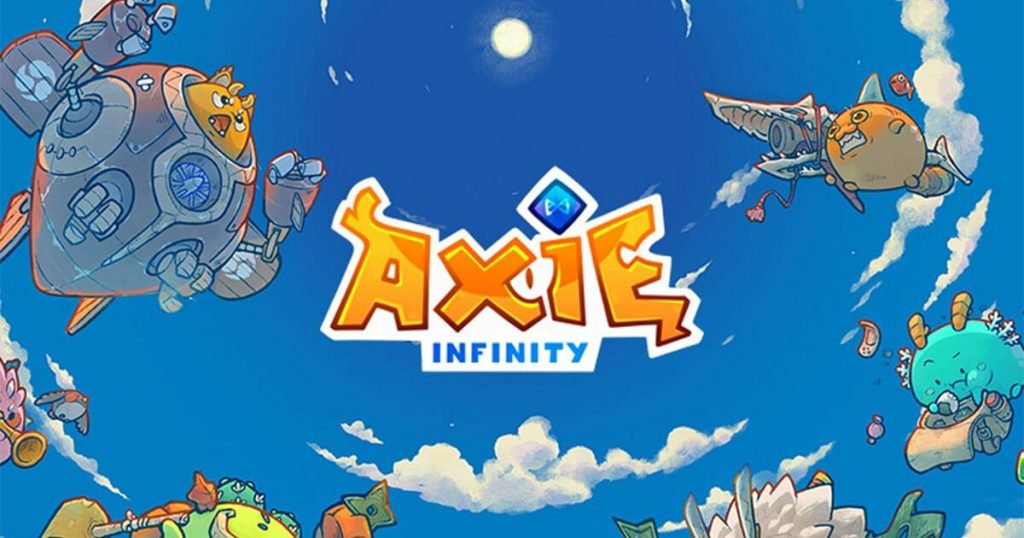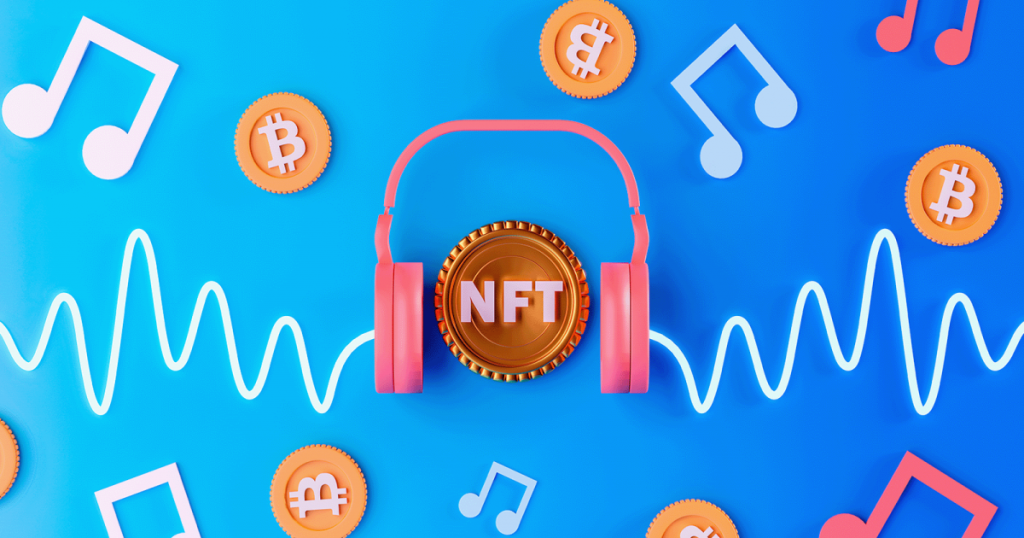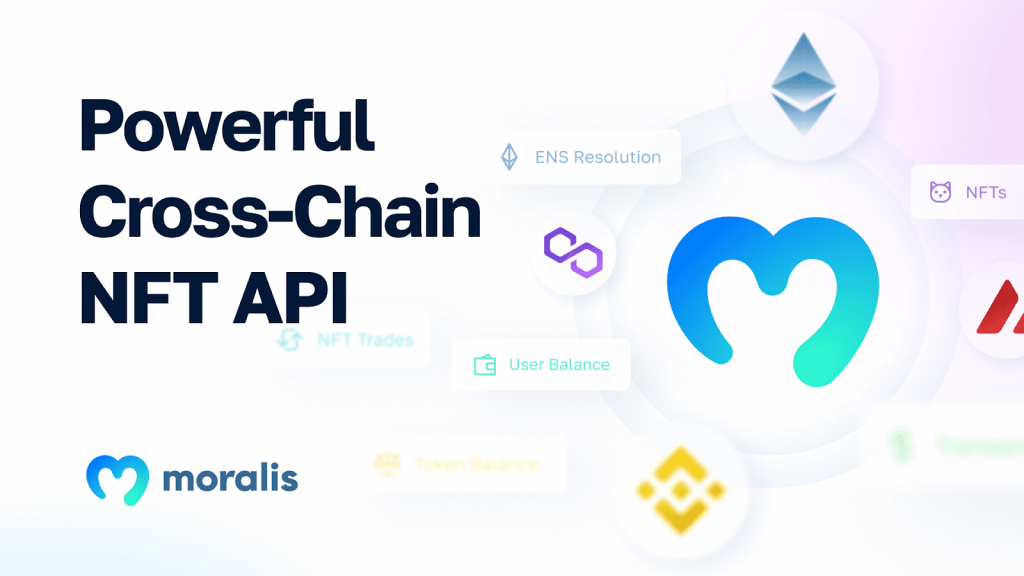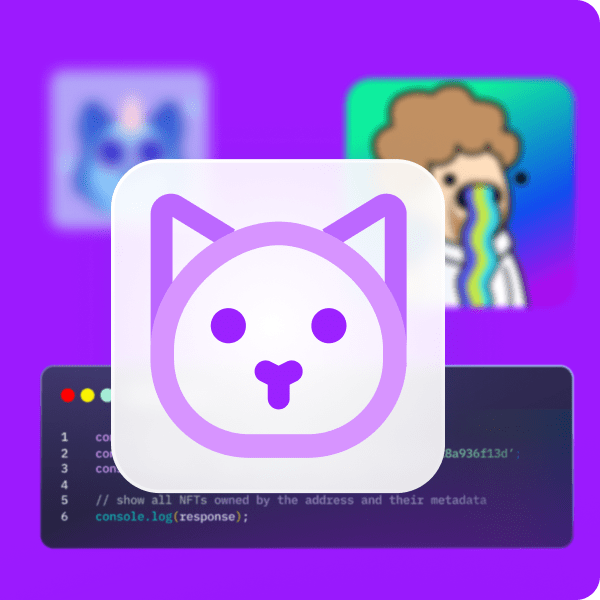In today’s article, we will explore NFT utility and seven use cases for NFTs. Now, if you are a developer eager to build your own NFT-related projects immediately before exploring NFT use cases, you should consider checking out the Moralis NFT API. This API gives you everything required to build great NFT applications. With this enterprise-grade API, you can seamlessly fetch real-time data, and here are three examples of prominent Moralis endpoints:
getNFTMetadata
import Moralis from 'moralis';
try {
await Moralis.start({
apiKey: "YOUR_API_KEY"
});
const response = await Moralis.EvmApi.nft.getNFTMetadata({
"chain": "0x1",
"format": "decimal",
"mediaItems": false,
"address": "0xb47e3cd837dDF8e4c57F05d70Ab865de6e193BBB",
"tokenId": "1"
});
console.log(response.raw);
} catch (e) {
console.error(e);
}
getNFTTransfers
import Moralis from 'moralis';
try {
await Moralis.start({
apiKey: "YOUR_API_KEY"
});
const response = await Moralis.EvmApi.nft.getNFTTransfers({
"chain": "0x1",
"format": "decimal",
"address": "0xb47e3cd837dDF8e4c57F05d70Ab865de6e193BBB",
"tokenId": "1"
});
console.log(response.raw);
} catch (e) {
console.error(e);
}
getNFTOwners
import Moralis from 'moralis';
try {
await Moralis.start({
apiKey: "YOUR_API_KEY"
});
const response = await Moralis.EvmApi.nft.getNFTOwners({
"chain": "0x1",
"format": "decimal",
"mediaItems": false,
"address": "0xb47e3cd837dDF8e4c57F05d70Ab865de6e193BBB"
});
console.log(response.raw);
} catch (e) {
console.error(e);
}
Once you have familiarized yourself with the Moralis NFT API, you can effortlessly implement any of the NFT use cases presented in this article in your future projects!
Also, did you know that you can access the NFT API entirely for free? All you need to do is create your free Moralis account, and you can start leveraging the full power of blockchain technology instantly!
Overview
Even if you are fairly new to the Web3 development space, odds are you’re familiar with non-fungible tokens (NFTs). During the 2021 NFT boom, these tokens quickly became one of the blockchain industry’s most prominent features. Even though NFTs are primarily associated with digital art and collectibles, their flexible nature allows for many other use cases. For this reason, we will take this article to explore NFT utility and seven NFT use cases!
List of 7 NFT Use Cases
- Digital art and collectibles
- Ticketing and events
- Gaming
- Fashion
- Digital identity
- Music
- Membership exclusivity and NFT gating
In combination with exploring these NFT use cases, we will also include a section introducing the Moralis NFT API. This will point you in the right direction if you want to start building your own NFT-related Web3 platforms!
What’s more, If you are serious about getting into Web3 development, you might also want to check out other blockchain development resources supplied by Moralis. For example, besides industry-leading Web3 APIs, our Web3 blog offers amazing development content that can inspire your next project. For instance, learn about the best Python API for cryptocurrency or how to mint NFTs on Aptos!

Without further ado, let us jump straight into the seven NFT use cases to explore NFT utility!
NFT Real-World Use Cases
Non-fungible tokens (NFTs) are some of the Web3 industry’s most prominent features. These highly dynamic and flexible tokens present a vast number of NFT use cases, some of which have the potential to revolutionize business as we know it. For this reason, we will take the following sub-sections to explore the intricacies of NFT utility, starting with digital art and collectibles!
Digital Art and Collectibles
What better way to start this list than with the most popular of all NFT use cases: digital art and collectibles! For most people, the first thing that comes to mind when they hear the term ”non-fungible token” or ”NFT” is digital art. However, this is not surprising as NFTs and NFT art collections have received a lot of media attention.
What’s more, digital NFT art has been selling for astronomical amounts; one great example is Everydays: the First 5000 Days, a digital art piece created by Beeple. The associated NFT sold for about $69 million, making it among the most expensive tokens ever.
Another excellent example of digital art is the NFT collection CryptoPunks. The collection consists of 24×24 algorithmically generated pixel art images. Some of the NFTs from this collection have sold for millions of dollars, and the collection contains 10,000 uniquely generated characters.

These tokens’ inherent ”non-fungible” characteristic makes them perfect for representing one-of-a-kind art pieces. Also, through NFTs, artists can assure buyers that their work is distinctive and unique. This is possible thanks to the interchangeability of NFTs and the immutable record of blockchain networks.
If you want to create your own NFTs, check out our article on how to use ChatGPT to mint an NFT!
Ticketing and Events
Nowadays, tickets to popular events tend to sell out fast, and with the increasing number of ticket bots, the situation has worsened. These bots buy tickets and resell them with unreasonably high markups, a disadvantageous phenomenon for event organizers and customers alike. It robs organizers and artists of revenue, and customers are forced to purchase tickets from third parties, increasing the risk of fraudulent tickets.
One potential solution for the problems described above is NFT ticketing. NFTs can be used as tickets that exist on a blockchain network, acting as passes for any virtual or live event. As such, NFT tickets can even be a more convenient and secure alternative than conventional tickets. Now, beyond the obvious benefits of NFT ticketing, these tokens can also aid issuers in interacting with fans; they can give access to token-gated services, exclusive experiences, or offer other perks!
If you want to learn how to create your own NFT tickets, check out the following video from the Moralis YouTube channel:
Gaming
NFT-based P2E (play-to-earn) games have gained significant traction in the last few years, providing real-world economic incentives for people investing their time playing them. By battling other players, progressing through levels, completing tasks, etc., players are awarded in-game NFT assets. This includes everything from virtual land and avatars to costumes and weapons.
There are many blockchain-based games currently on the market, and some of the most popular alternatives include The Sandbox, CryptoKitties, and Axie Infinity. Axie Infinity is one of the most well-established online game universes containing creatures known as ”Axies”. Players collect these creatures with the aspiration of breeding, collecting, raising, and battling them in a two-dimensional space.

The creatures in Axie Infinity are NFTs, and in return for playing, people can potentially win crypto tokens called ”smooth love potions”. At Axie Infinity’s peak, players worldwide earned thousands of dollars each month for only playing a few hours a day.
Did you know that Moralis provides tools for developing your own NFT game? Real-time data is essential when building online games, and Moralis offers the fastest NFT API on the market!
Fashion
The fashion industry has also been leveraging NFTs to make collectible pieces of clothing that avatars can wear when attending meetings, concerts, or just socializing with friends in virtual worlds.
Big brands have been exploring the field for quite some time. This includes Forever 21, which reportedly opened a unique space inside Decentraland featuring an NFT collection. Decentraland is a 3D virtual reality platform where users can buy plots of land and sell clothes and accessories for avatars.

Another prominent example is Dolce & Gabbana, which sold a nine-piece NFT collection for a whopping $5.6 million, each of which was paired with a piece of physical clothing.
Digital Identity
In combination with capturing and claiming ownership of both digital and physical assets, would it not be possible to apply the same principles and technologies to generate digital identities? This might sound a bit far fetch; however, thanks to NFTs and Web3 technology, it might become a reality sooner rather than later!

Like it is possible to store digital concert tickets on-chain, developers can apply the same fundamental principles to digital identities. Actually, the security and immutability of blockchains and NFTs make them ideal for digital identities. NFTs might even enable self-sovereign identities (SSIDs), which individuals fully control. Consequently, individuals might not need to depend as much on the government and other centralized institutions in the future.
In a growing digital world, it is becoming increasingly important and challenging to safeguard one’s virtual identity. This is where NFTs enter the equation, presenting a secure and efficient way to establish digital identities. So, these tokens might play an essential role in the future as the world gets even more digitalized, making this an exciting prospect to follow.
Music
Another exciting use case for these tokens is music NFTs. Musicians and artists have turned to blockchain technology and NFTs to preserve and mint digital music and albums. Moreover, NFTs have become a more efficient and advantageous way for artists to monetize their work. Through these tokens, artists can tokenize their songs and albums, provide royalties to producers and creators, and sell digital merch for additional income.

This also presents a new way for artists to truly own their work, including trademarks, copyright, etc., and this information can be stored in an NFT’s metadata. Music NFTs also allow new ways for fans to band together and support their favorite artists directly. Consequently, NFTs can potentially eliminate unnecessary intermediaries, which will likely benefit artists positively.
Membership Exclusivity and NFT Gating
For the last of our NFT use cases, let’s look closely at membership exclusivity and token gating. Token gating is a method for using blockchain technology to grant exclusive access to content, services, product, events, etc. Simply put, it is a way to provide exclusive access to services when users are holders of a particular NFT.
A great example is DAOs (decentralized autonomous organizations). A DAO generally refers to the governing body of a particular blockchain project or protocol. As such, if you are the holder of an NFT providing access to a DAO, you can get an exclusive right to participate in the governance of a particular platform, dapp, or project.
If you want to learn more about NFT gating, check out the YouTube clip down below. In this video, one of our talented software engineers walks you through the process of creating exclusive NFT-gated content:
NFT Use Cases – Realize Your NFT Projects with the Moralis NFT API
Now that we have explored NFT utility and seven of the most popular use cases, you might feel inspired to create your own projects. If this is the case, you need to check out the NFT API from Moralis. With this enterprise-grade application programming interface, you can build NFT projects smarter and more efficiently, bringing NFT apps to life in just a couple of hours!

The NFT API provides everything you need to build great NFT applications. With this interface, you can effortlessly fetch real-time NFT metadata, ownership data, prices, transfer data, and much more!
Before this NFT API, you needed to parse individual smart contracts, sort through data sets, query nodes for metadata, etc. With this industry-leading interface, you only need a single API call to retrieve NFT data across all supported blockchains. Here are three key features:
- Transfer Data – With the NFT API, you can stay updated with the latest transfer data. It does not matter if you want to query the history of a particular NFT, get transfers of a specific wallet, or track transfers in real time; the NFT API takes care of it all!
- Metadata – Forget querying IPFS services or metadata servers. Instead, you can get all NFT metadata from Moralis with a single API call. Moreover, the API features a search endpoint, meaning you can create searches within a token’s metadata and receive resolved data.
- Ownership Data – Thanks to the NFT API, you do not need custom code or infrastructure to track NFTs across the blockchain. Instead, you can get the owner of a particular token or an entire collection in just one single API call.
So, if you are interested in creating your own NFT projects, remember to sign up with Moralis immediately to leverage the full power of the Web3 industry!
Summary – Exploring NFT Utility and Use Cases
In today’s article, we took a deep dive into NFT utility. In doing so, we explored seven of the most prominent NFT use cases:
- Digital art and collectibles
- Ticketing and events
- Gaming
- Fashion
- Digital identity
- Music
- Membership exclusivity and NFT gating
If you have followed along this far, you know several ways in which you can utilize NFTs. From here, it is now up to you to start building sophisticated NFT-related projects!
In combination with exploring the NFT use cases above, we also introduced the Moralis NFT API. In doing so, you learned that this is the ultimate application programming interface if you want to build NFT projects. The API provides everything you need to build NFT-related platforms. This includes fetching real-time NFT ownership data, metadata, NFT transfer data, and much more. So, join MetaMask, Avalanche, delta, NFTrade, Polygon, and other industry leaders in using Moralis!
If you liked this article on NFT utility and want to read more blockchain-related content, check out the Moralis blog further. For instance, explore data availability in blockchains or learn how to create sophisticated projects with our Web3 marketplace development tutorial.
Also, before you click off, remember to sign up with Moralis. You can create an account for free and gain immediate access to some of the industry’s leading Web3 APIs. This includes the NFT API and other prominent examples like the Web3 Streams API. Through these tools, you can leverage the blockchain industry’s full power to build faster and smarter!
